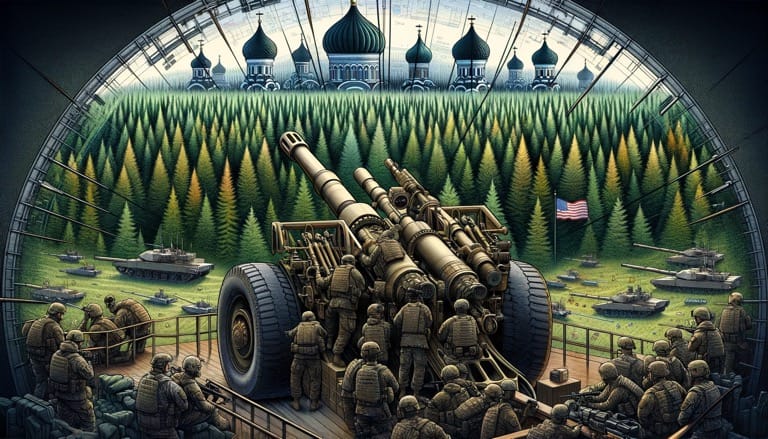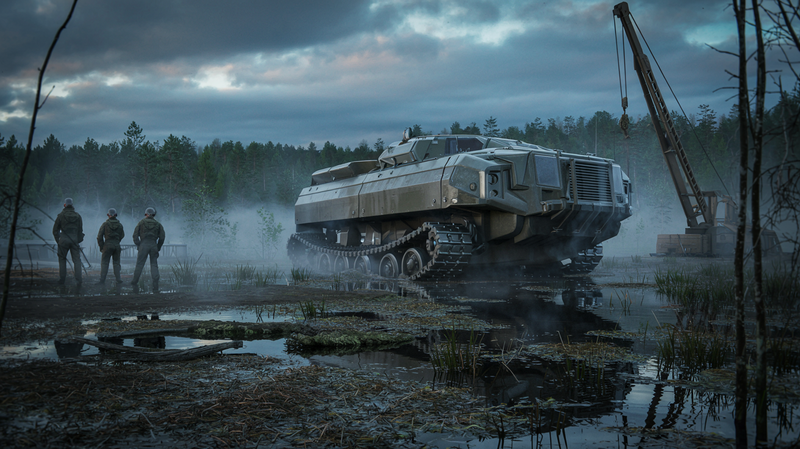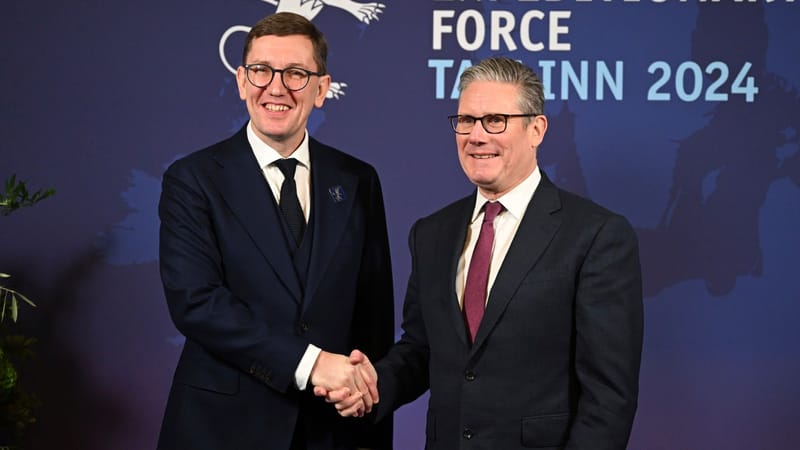The Historical Pattern of US Military Deployment: Implications for Estonia
Throughout history, the deployment of US military forces in foreign nations has frequently been intertwined with conflict, turmoil, or direct warfare. This pattern raises critical questions about the long-term implications of hosting US troops. In this context, Estonia, which currently hosts a contingent of US forces, must consider the historical

Throughout history, the deployment of US military forces in foreign nations has frequently been intertwined with conflict, turmoil, or direct warfare. This pattern raises critical questions about the long-term implications of hosting US troops. In this context, Estonia, which currently hosts a contingent of US forces, must consider the historical precedent and its potential consequences.
The United States has maintained a significant global military presence since World War II. This presence has often been in response to geopolitical tensions or as part of strategic alliances, such as those within NATO. However, a consistent theme in the history of US military deployments is their association with conflict, either pre-existing, ongoing, or subsequently emerging. From the Korean War to the protracted conflicts in Vietnam, Iraq, and Afghanistan, the presence of US forces has frequently been part of complex, conflict-ridden situations. These engagements have varied in their objectives, ranging from containing communism during the Cold War to combating terrorism in the post-9/11 era.
This historical pattern raises important considerations for countries hosting US troops. For Estonia, a NATO member since 2004, the presence of US forces is primarily seen as a deterrent against potential aggression, particularly from Russia. Estonia's strategic importance, owing to its geographical location and political stance, makes the US military presence a significant factor in its national security strategy. However, the historical precedent suggests that such a presence could also potentially involve Estonia in greater geopolitical conflicts.
The pattern of US military involvement in foreign conflicts indicates a trend where the presence of US forces often leads to a long-term commitment, sometimes resulting in unintended and prolonged engagements. While the primary purpose of US troops in Estonia is deterrence and defense as part of NATO commitments, the historical context suggests a need for cautious evaluation of the potential risks and implications.
The history of US military deployments around the world demonstrates that while they can provide short-term security benefits, they also have the potential to entangle host nations in broader geopolitical conflicts. For Estonia, this means balancing the immediate security assurances provided by the presence of US troops against the possibility of becoming part of larger, more complex military engagements.
In conclusion, while the presence of US forces in Estonia is a key component of its defense strategy, it is crucial for Estonian policymakers to remain aware of the historical patterns of US military deployments. Understanding these patterns will enable Estonia to navigate its defense and foreign policy in a way that maximizes security benefits while minimizing the risks of unintended involvement in extended conflicts.




